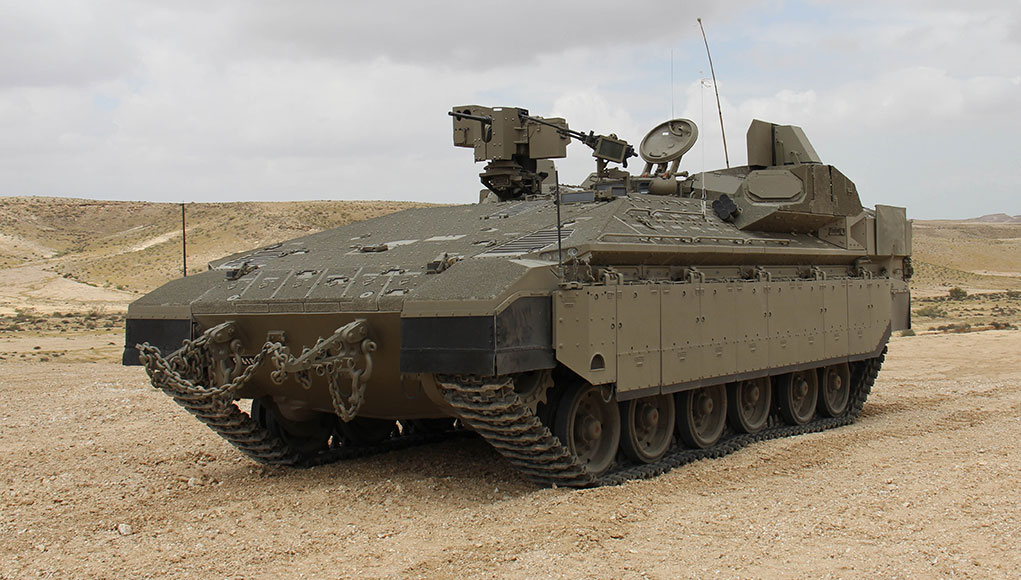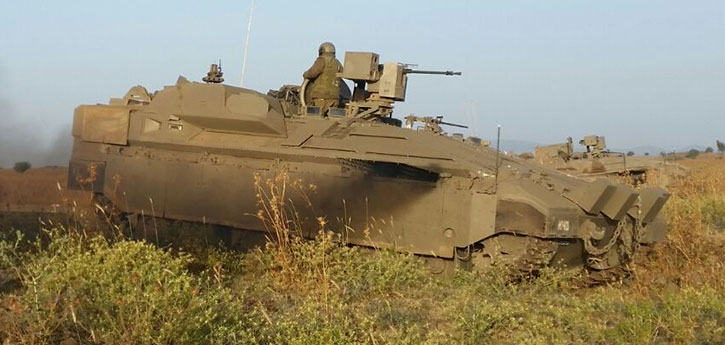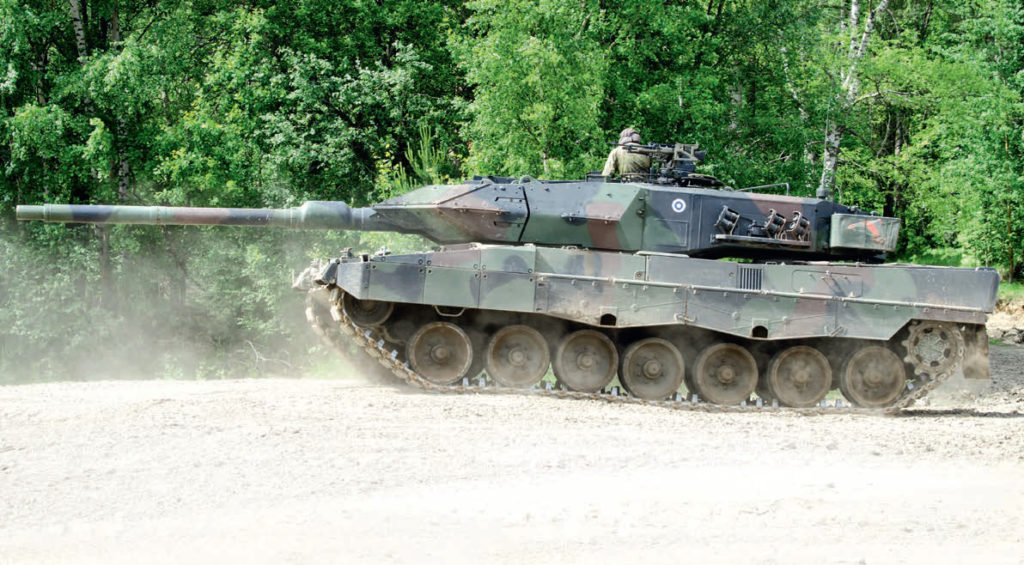Russia’s New Tank Is Not Quite a Revolution
It’s pretty good, but beware hyperbolic claims
by DAVE MAJUMDAR
A British Army intelligence report offers an alarmist assessment of Russia’s new T-14 Armata main battle tank. Most U.S. defense analysts, however, are much more measured in their analysis of the new Russian machines.
While the T-14 will likely be an excellent tank when it becomes operational, it is not quite the “revolution” that the British claim it to be. Moreover, it is far too expensive to produce in mass numbers.
“Without hyperbole, Armata represents the most revolutionary step change in tank design in the last half century,” states a British Army intelligence
report cited by The Telegraph.
But most U.S. assessments suggest that’s
exactly what the British report is — hyperbole.
As
The Telegraph notes, the British intelligence document questions the U.K. Ministry of Defense’s current defense strategy, which does not call for Great Britain to plan for a new combat vehicle to replace its Challenger 2 main battle tank.
“Are we on the cusp of a new technological arms race? Has an understandable focus on defeating the single threat of IEDs distracted Western military vehicle designers? Challenger 2, with life extension programmes, is currently due to remain in service until 2035. Is it time to rethink?” the report asks.
To be sure, the report does have some valid points. The T-14 does have some very impressive features.
A T-14 Armata in May 2016.
Vitaly V. Kuzmin photo
“As a complete package, Armata certainly deserves its billing as the most revolutionary tank in a generation,” the intelligence brief states according to
The Telegraph. “For the first time, a fully automated, digitised, unmanned turret has been incorporated into a main battle tank. And for the first time a tank crew is embedded within an armoured capsule in the hull front.”
While the report excerpts in
The Telegraph don’t mention it, U.S. analysts note that many of the Armata’s advanced survivability features are drawn from the Israeli Merkava series. Nonetheless, the Russian seem to have advanced the state-of-the-art in terms of reactive armor and active protection.
Indeed, if the
Russian Afghanit active protection system works as advertised, the Armata could prove to be a serious problem for the West if it were ever produced in numbers. However, most Western analysts — government and private sector — are dubious about Russian claims that their APS can defeat kinetic energy rounds.
However, even if the Armata was as dangerous as the British report claims, Russia is not likely to be able to afford the expensive new machine in the huge quantities.
Using the British reports own numbers — 120 Armata tanks produced per year — CNA Corporation research scientist Mike Kofman, a prominent Russian military affairs expert in Washington, noted it would take nearly 21 years to replace Russia’s 2,500 operational tanks with T-14s.
That’s
if the Kremlin has the financial wherewithal to buy that many Armata tanks — which is somewhat dubious.

 ainut mikä tulee mieleen on painorajoitetut sillat. muuten telat vie kyllä pyöriä 10 - 0 maastoliikkuvuudessa.
ainut mikä tulee mieleen on painorajoitetut sillat. muuten telat vie kyllä pyöriä 10 - 0 maastoliikkuvuudessa. AMX:n "RC" tarkoittaa "Reconnaissance", joten en kiistä, etteikö vaunua käytettäisi tiedusteluun, väkivallalla tai ilman.
AMX:n "RC" tarkoittaa "Reconnaissance", joten en kiistä, etteikö vaunua käytettäisi tiedusteluun, väkivallalla tai ilman.




